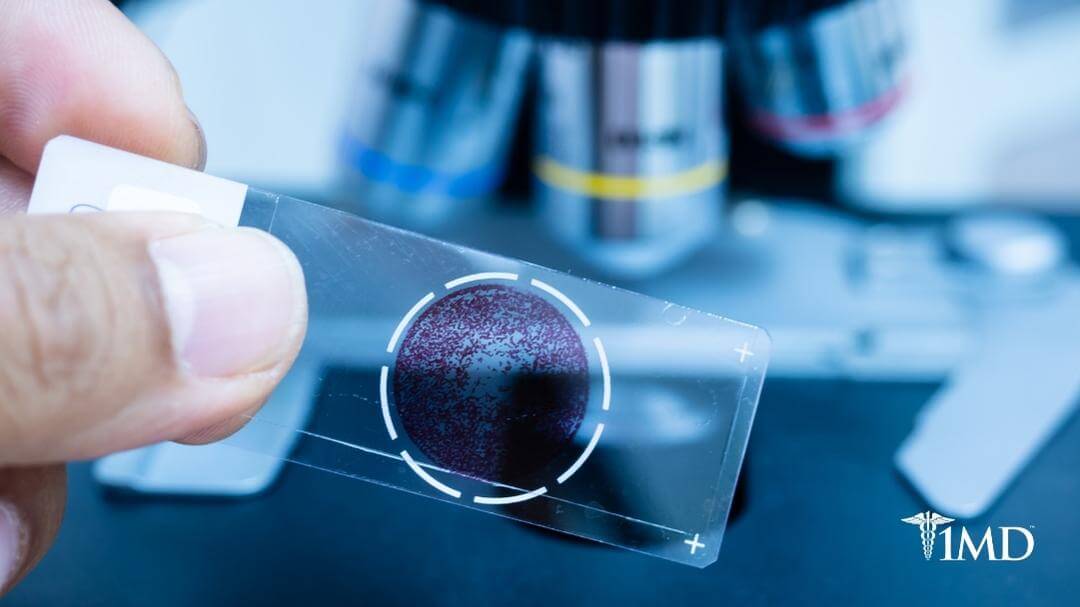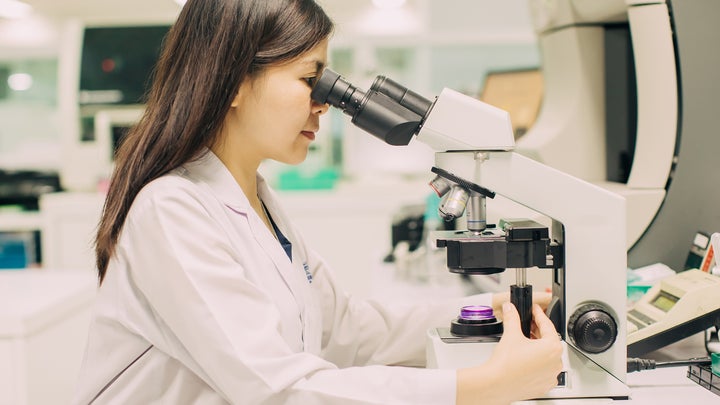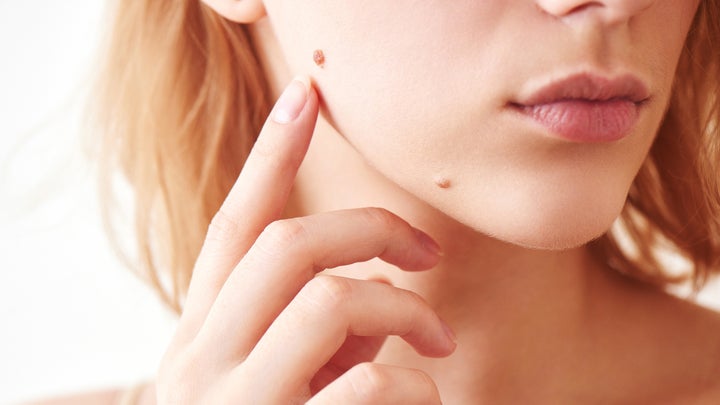Worried Patients Report Melanoma Results Differ By Pathologist
5 minute read
A diagnosis of cancer is terrifying enough. Now imagine your doctor does not deliver the correct information to you. A recent breakthrough study has discovered that labs do not always have the easiest time with melanoma cells. The force driving this study came from Dr. Joann Elmore, who received her own conflicting melanoma biopsy report.
| Related: New Cancer Drug So Effective FDA Approved It Immediately |
Let’s take it back to the beginning. Melanoma is the most serious type of skin cancer which develops in the cells that produce melanin. The exact cause is not known, but extensive research has shown that exposure to UV light from the sun or tanning beds does increase your risks. The cells develop DNA damage which causes them to grow out of control, forming a mass, or tumor, of cancerous cells.
The risk factors for melanomas include having fair skin, a history of sunburn, a large number of moles or unusual moles, a weakened immune system, and familial history of melanoma. The best way to detect melanomas is by a change seen in your existing moles or a new pigmented growth on your skin.
As soon as any of these changes are observed, it is recommended to seek out the opinion of a licensed dermatologist. Different forms of biopsies can be used to identify the melanoma. Once identified, the stage or extent of the cancer will be determined.

The thickness of a melanoma is determined under a microscope using a special tool (micrometer). Your surgeon may also recommend a sentinel node biopsy to determine if the melanoma has spread to nearby lymph nodes. Doctors also look as whether the skin around the growth has developed an open sore as well as how many dividing cells can be seen under a microscope.
All of these details are necessary to design an effective treatment plan. In the case of Dr. Elmore, she received two conflicting reports; one said her growth was benign and the other claimed it was suspicious for invasive melanoma. This is an instant recipe for anxiety and worry.
What this example highlighted was that a pathologist's opinion can vary greatly when it comes to assessing skin for biopsies. Often, pathologists are found to disagree with each other and in some cases, even with themselves. The complexity arises because melanomas are tricky to evaluate.
| Related: Preventing Skin Cancer |
There are two extremes; benign and malignant. In between the two is a large gray area open to interpretation. Experience and training will cause each professional opinion to differ, but another equally important factor is the lack of logical organization to melanoma classifications. Each diagnosis is based on individual opinion rather than a standard agreed upon by a majority.
A study on these cases that fall within the ‘grey area’ proved that less than half of the time, pathologists agreed on a consensus. There was one slide in particular that received 18 different diagnoses from 36 pathologists.

Once you have received a diagnosis, take great care to communicate with other medical professionals, seek out the advice of other experts in the field, and do your own research. Remember, you are your own best health advocate.
The pathology field is growing every day with new tests and procedures being developed. You can always inquire about new tests, especially those in the molecular biology spectrum. To ensure you're getting a correct and definitive diagnosis, remain patient, be persistent in your follow-up, and be prepared for multiple tests and biopsies for accuracy.
It is important to remember, that it is not the pathologist but the system that bears most of the blame for this confusion and stress. Jobs are made more difficult for even the most advanced professional when they don't have access to a standardized diagnosis reference guide. The good news is there is already a dedicated focus to try and create a valid and agreed upon classification for melanoma samples, which will be the end of this anxiety-causing process.

The Bottom Line
Pathologists are continually seeking new education and training to develop their experience with lesions and tumors. There is such a variety out there, as well as variety within each variety, so it is understandable that diagnosis can get complicated at times. This is why the best advice it so always seek a second opinion and in many cases, a third.












